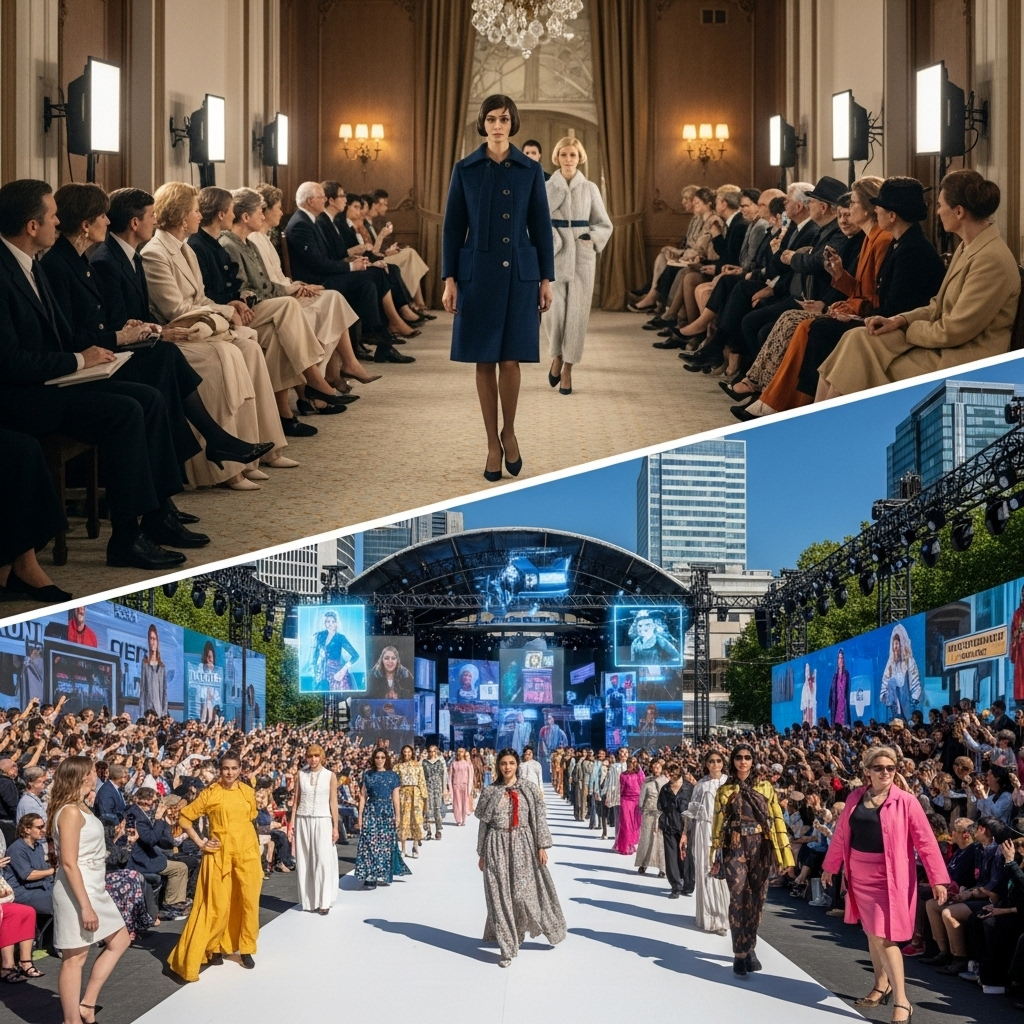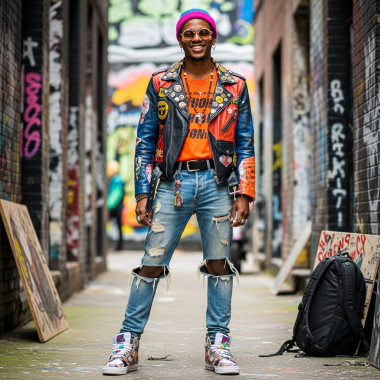Fashion Weeks, the biannual global events that dictate the future of style, have long been the epicenter of the fashion world. What began as intimate gatherings for elite buyers and press in Paris has blossomed into a global phenomenon, transforming from exclusive showcases into monumental spectacles that capture the attention of millions worldwide. This evolution reflects not only changes within the industry itself but also broader shifts in media, technology, and consumer engagement.
The genesis of Fashion Week can be traced back to the early 20th century in Paris, where couturiers would present their collections informally to private clients. However, the organized concept, particularly as we know it today, emerged more formally during World War II. With Paris under occupation, American fashion journalists and buyers were unable to travel to the fashion capital. This prompted American publicist Eleanor Lambert to create New York Fashion Week in 1943, then known as “Press Week,” to promote American designers. This initiative was groundbreaking, shifting focus from European dominance and establishing New York as a significant fashion hub. It democratized access slightly, allowing American designers to gain recognition on their home turf.
Following New York’s lead, Paris re-established its prominence with its own structured Fashion Weeks, soon joined by Milan and London, forming the “Big Four.” For decades, these events remained largely insular. Attending was an exclusive privilege, reserved for a select few: powerful editors, influential buyers, and a handful of celebrities. Shows were meticulously guarded secrets until their grand reveal, with information disseminated through print magazines and professional channels. The primary goal was to secure orders from department stores and gain favorable press coverage that would trickle down to the masses through traditional media. The shows themselves were often austere, focusing purely on the garments and the models’ walk.
The turn of the millennium, particularly with the advent of the internet and later, social media, marked a pivotal transformation. Fashion Week began its journey from exclusive industry affair to global spectacle. Suddenly, runway images could be shared instantaneously. Bloggers and later, influencers, emerged as new voices, bypassing traditional gatekeepers and providing real-time commentary. Brands, realizing the immense reach of these new platforms, started to engage directly with consumers online. Live streaming of shows became common, inviting anyone with an internet connection into what was once an impenetrable world. This shift democratized access to fashion, making it more immediate and relatable to a wider audience.
This new accessibility brought both opportunities and challenges. On one hand, it fostered greater transparency and allowed smaller, independent designers to gain visibility. It also blurred the lines between high fashion and street style, with street style photography outside the shows becoming almost as influential as the collections themselves. On the other hand, the pressure to create viral moments and generate “buzz” increased. Shows became elaborate productions, often featuring celebrity appearances, immersive sets, and performance art, sometimes overshadowing the clothes themselves. The relentless pace of content creation also fueled the demand for fast fashion, as trends seen on the runway could be replicated and mass-produced in mere weeks.
Today’s Fashion Week is a complex ecosystem. While the traditional schedule of ready-to-wear and haute couture still holds, there’s a growing emphasis on consumer-facing experiences. Some brands now host “see-now, buy-now” shows, allowing immediate purchase of runway items. Digital presentations, virtual reality experiences, and interactive installations are becoming more common, especially post-pandemic, blurring the lines between physical and digital showcases. The focus has expanded beyond mere clothing to encompass lifestyle, art, and broader cultural narratives. Brands are increasingly using Fashion Week as a platform to communicate their values, from sustainability initiatives to social justice messages.
In essence, Fashion Week has evolved from a closed-door business transaction into a multifaceted media event. While its core purpose of presenting new collections remains, its form, audience, and impact have diversified dramatically. It continues to be a crucial platform for innovation and creativity, but it also reflects the broader dynamics of a rapidly changing world, where fashion is no longer just about what we wear, but how we connect, consume, and express ourselves on a global stage.



